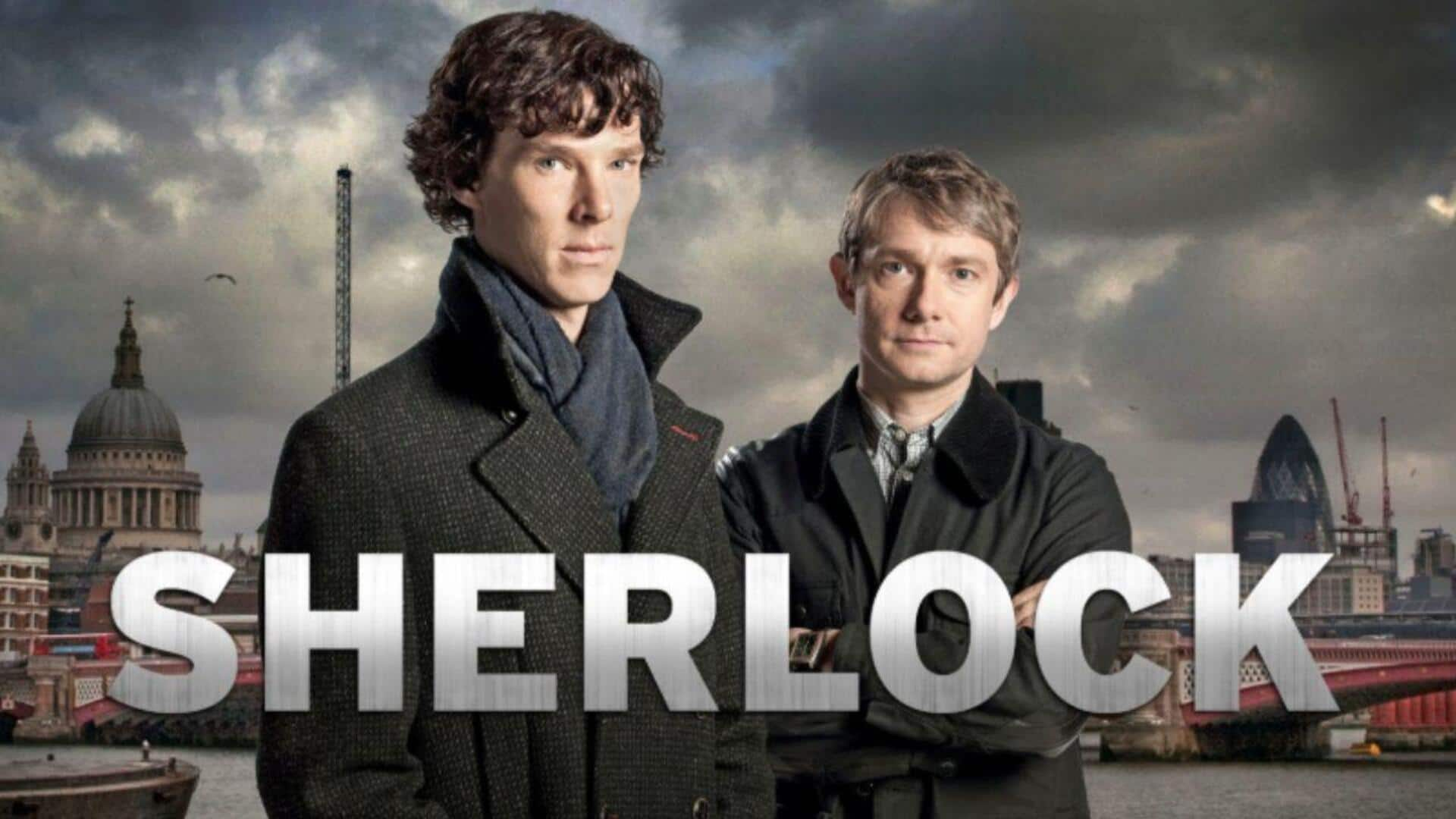
5 forensic myths BBC's 'Sherlock' got totally wrong
What's the story
While the BBC's Sherlock is a modern take on the classic detective stories, it is also a dramatized version of forensic science. The show has been praised for its clever writing and intricate plots, but some of the forensic techniques it portrays are far from reality. Here are five forensic techniques that are often exaggerated or misrepresented in the show, highlighting the difference between fiction and real-life science.
Quick fixes
The myth of instant results
In Sherlock, forensic results are often shown to arrive almost instantaneously. In reality, many forensic tests take hours, days, or even weeks to yield results. For example, DNA analysis can take anywhere between a few hours to several days, depending on the complexity of the case and the workload of the lab. This portrayal gives a misleading impression of how quickly justice can be served.
Visual illusions
Overemphasis on visual aids
The show frequently uses visual effects to illustrate what the character sees through his mind's eye when analyzing a crime scene. While this makes for great television, it's not how real-life forensic scientists work. They rely on physical evidence, detailed notes, and collaboration with other experts rather than flashy graphics or augmented reality.
Easy solutions
Simplified crime scene analysis
In Sherlock, crime scenes are often solved with a few simple observations or deductions by the protagonist. In reality, crime scene analysis is a complex process that requires meticulous attention to detail and collaboration among various specialists. Forensic experts often spend hours collecting evidence and reconstructing events based on multiple pieces of information.
Tech tricks
Misrepresentation of technology
The show showcases advanced technology that seems almost futuristic for today's standards. While some tools used by Sherlock are based on real-life technology, many are exaggerated for dramatic effect or simplified for storytelling purposes. Real forensic science involves a range of tools and techniques that may not be as glamorous as depicted on screen but are equally important for solving crimes.
Human factors
Overshadowing human error
Sherlock rarely highlights human error or the limitations of forensic science, which are critical factors in real-life investigations. While the show focuses on the brilliance of its lead character, it often overlooks the fact that forensic scientists are human and can make mistakes. These mistakes can have significant consequences in criminal cases, affecting the outcomes and justice served.